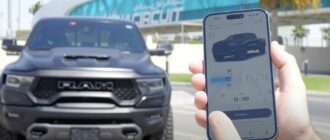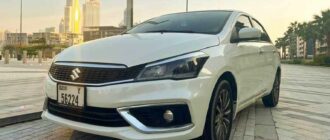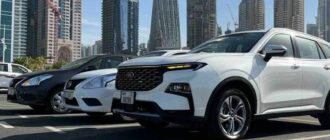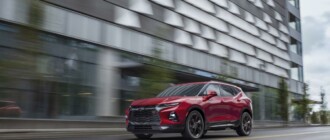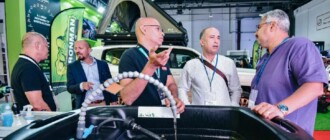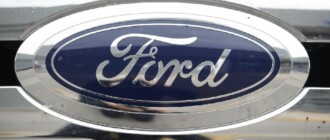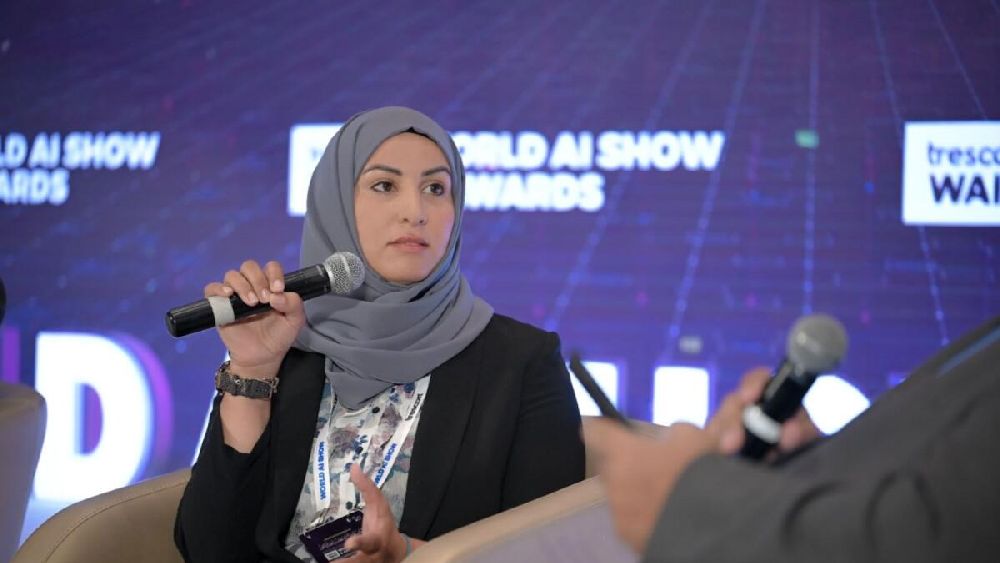
.
Two Chevrolet Bolt electric vehicles (EV) recently set in motion towards getting the ‘smart’ plan of an autonomous driving system on Dubai’s roads by mapping the streets for creating digital maps.
In a country which relies on motoring infrastructure, the two small cars from the General Motors-backed Cruise company herald a starting milestone of sorts and comes after a recent agreement signed by the Road Transport Authority (RTA) and GM to operate autonomous vehicles as taxi and e-hail services in Dubai.
The process is a prelude to the launch of the service next year, rendering Dubai the first city in the world to commercially operate Cruise self-driving vehicles outside the US, and whose operations are restricted to California.
On the occasion, Mattar Al Tayer, RTA’s director-general and Chairman, said: “We’ve plans to increase the number of deployed vehicles gradually to reach up to 4,000 vehicles by 2030, and enhance Dubai’s pioneering role in self-driving transport (SDT).”
According to Al Tayer, Dubai has a smart SDT strategy that aims to convert 25 per cent of all vehicular traffic movements into driverless initiatives by 2030.
Global consultancy KPMG ranks the UAE among the top countries when it comes to readiness to accommodate driverless vehicles.
Yet, mapping the roads is hardly a stepping stone in charting unknown territory with a lot of other challenges, according to experts.
Seham El-Behissy, a former general manager of Renault, lists the multiple challenges and elaborates the various stages of the task at hand to move towards the dream.
“Private mobility is still a long road ahead. But yes, 2030 is a decent target for shared mobility [public transport in some form] because there are a lot of factors involved,” said the Jordanian who quit her job early this year.
“But unlike what people think, it’s not the capabilities of the car that needs testing; the prototypes have been in place for a long time and being continuously tested — but there are various external challenges, and we are far from it.
“There are many challenges and there are many levels to each one. For instance, we cannot directly switch to driverless cars. We need to go semi-automatic first; connected cars prepared with as many data points made available to the driver first. But then each driver is different and h/her interpretation of the data will be different.
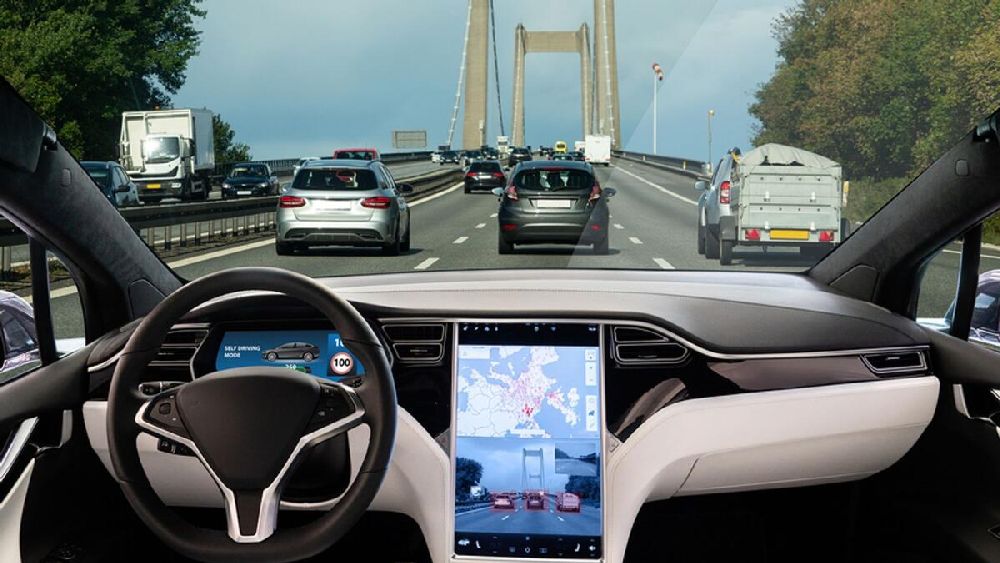
“Changing factors like weather or traffic congestion and the interpretation and driving styles of each person on the road can be different. Again, for instance, you can give a command to Siri or Alexa but then again, it has been found that they struggle to distinguish the voices of women compared to men, so how do you make sure everyone is on the same page on the road?” asked El-Behissy.
The single mother has come a long way in her over 15-year career. Initially, she started off as a programmer in Abu Dhabi, then led an all-women’s team of 13 at a digital marketing agency and later rose through the ranks at Renault in Dubai, starting with leading a digital transformation with the local customer relationship management (CRM) team.
“When I started in 2006, the digital era hadn’t started yet. But even further, I had to educate my colleagues and strive to make people understand that when you get a lead, you must respond within 30 minutes, not five working days. Even though I’m in the office, I’ve had to convert myself into a teacher.”
Her optimistic outlook of getting somewhere on autonomous cars around 2030 is shared by RTA. But shared mobility is a good starting point.
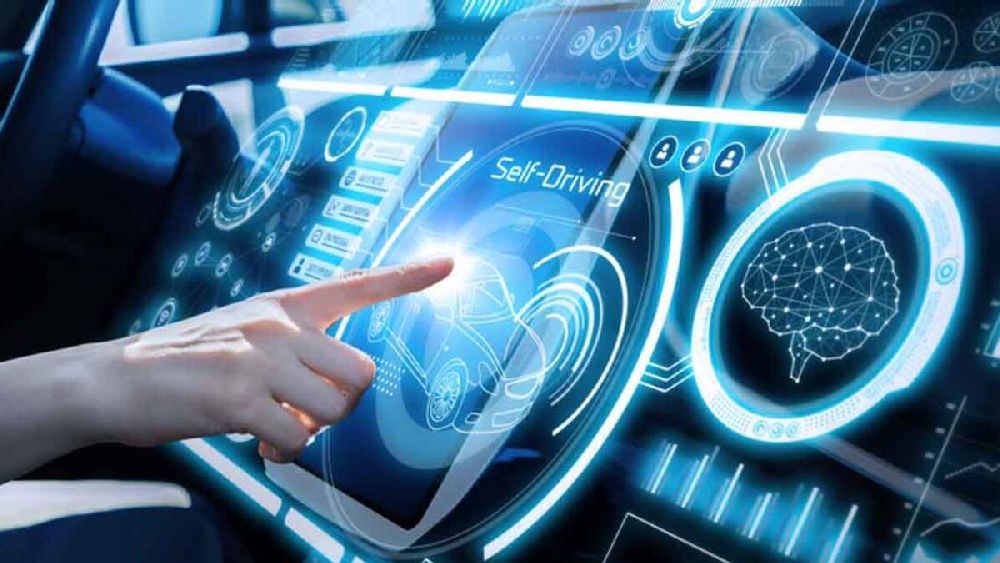
“The operation of autonomous vehicles contributes to the integration of transport systems by easing the mobility of public transport riders and helping them to reach their final destinations,” Al Tayer said.
According to a paper from RTA, the authority will target the 25 per cent goal in self-driving technology (SDT) by focusing on systems it can control and by bringing more passengers to the Metro and other modes of public transport.
El-Behissy said she knows that smart bus vehicles in the public transport domain “are already being tested — at Silicon Oasis, Masdar City, in Dubai, Abu Dhabi, respectively, and also in Ajman.”
The ecosystem of SDT has various parties working at their respective levels with the use of data and AI as a founding base.
“Connected cars, as part of the Internet of Things (IoT), are connected to the online world, as well as devices,” El-Behissy said.
“Connected cars are often considered smartphones on wheels, as they use Internet technology to produce an abundant amount of data every second. In turn, this data powers a wide range of in-vehicle services including safety, security, navigation, infotainment, diagnostics, remote payment features and much more.
“With the right use of this data, today’s connected car can tell who I’m, what I want and predict what I need by analysing my mobility data. For example, my driving behaviour, movement, connected accounts, agenda, shopping history, which can lead to maximising human well-being; privacy and security considered.
“Collated and analysed data could boost the economic growth of smart cities by more than 3 per cent and lead to additional benefits worth $20 trillion by 2026.”
During an address at an exhibition AI Everything, Omar bin Sultan Al Olama, the UAE Minister of State, Digital Economy, Artificial Intelligence and Teleworking Applications, underscored the launch of autonomous cars as one of the five priorities for the UAE.
The drive towards building Smart Dubai in transport is gaining momentum with multiple agencies collaborating towards achieving the stated goals.
“Computing will be the new horsepower, software on wheels and computing power and intelligence will be the new premium,” El-Behissy added.

